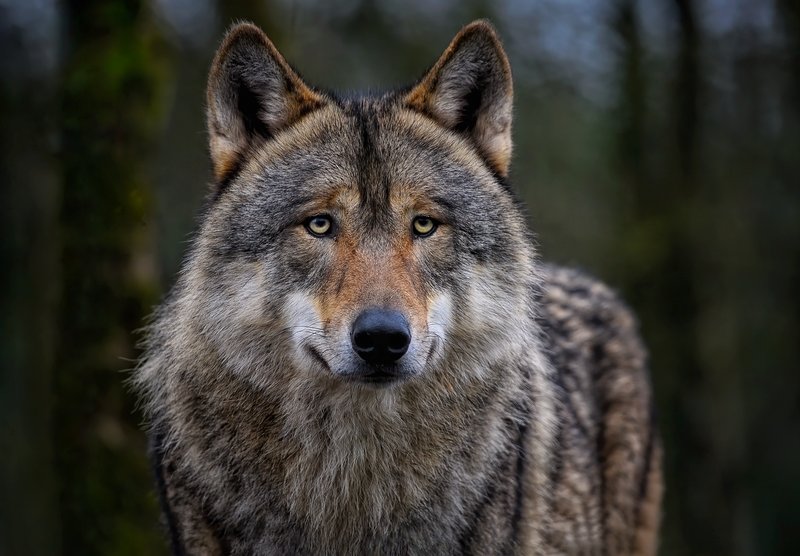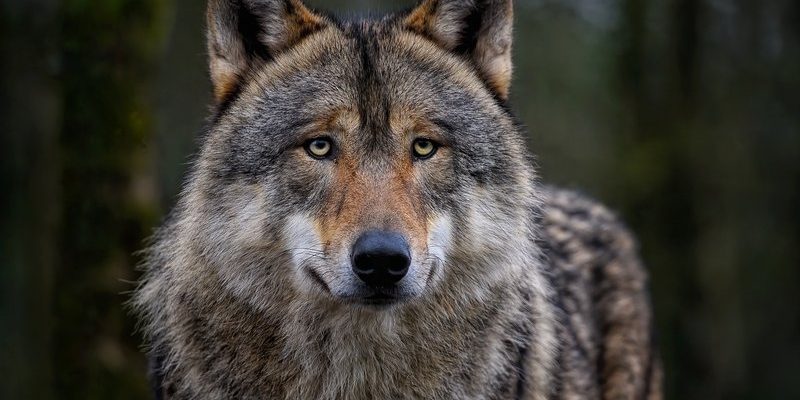
So, what exactly happens when a wolf worm takes up residence in a host? It’s a bit like a horror movie plot but in nature’s own twisted way. The wolf worm digs into the host’s tissue, creating a unique environment that alters the host’s actions and biology. Understanding this behavior not only sheds light on the survival tactics of these parasites but also illustrates the complex relationships that exist in ecosystems. Let’s dive into the nitty-gritty of how wolf worms interact with their hosts and what it all means!
What Are Wolf Worms?
First off, let’s talk about what wolf worms really are. These fascinating creatures belong to a group of insects known as *bot flies*. They are often found in mammals, including sheep and deer. Their life cycle is intricate. It begins when adult female wolves deposit their eggs on the fur of a host animal. When the eggs hatch, the larvae burrow into the host’s skin.
Here’s the thing: once inside, wolf worm larvae don’t just chill out. They start to grow and develop, and in the process, they can trigger various changes in the host’s behavior. The larvae are pretty clever, too. They have a special way of blending into the host’s tissue, making it difficult for the animal’s immune system to spot them.
So, why should anyone care about wolf worms? Well, they provide insight into how parasites influence the behavior and health of their hosts. This kind of relationship is an important part of the delicate balance in ecosystems.
Life Cycle of Wolf Worms
The life cycle of a wolf worm is a remarkable journey that showcases nature’s ingenuity. It all starts when a female lays her eggs on a suitable host, which could be anything from a sheep to a mouse. Once the host animal comes into contact with the eggs, warmth and moisture trigger them to hatch. The young larvae then make their way into the skin.
Once inside, these larvae are like guests that refuse to leave! They feed off the host’s nutrients, creating a cozy home in the tissue. This stage can last several weeks, during which they grow larger and more impactful. You might wonder how these worms affect their host during this time.
The larvae can influence the host’s behavior by manipulating its immune response. Instead of launching a full attack, the host might become lethargic or less aware of its surroundings. This might sound unsettling, but it’s a survival tactic—lowering stress on the host increases the larvae’s chance of growing to maturity.
Behavioral Changes in Hosts
Now, let’s dive into some specific changes in host behavior caused by wolf worms. When a wolf worm settles in, it can trigger several noticeable behaviors. Most notably, the host may become less social and more withdrawn. Imagine a lively animal that suddenly turns reclusive—this change can be a signal that something is wrong.
In addition, some hosts may display signs of irritation or pain around the area where the larvae reside. They might lick or bite at the affected spot, often leading to further skin damage. This is key because it can help researchers understand how organisms respond to parasites.
From a survival standpoint, these changes can make the host more vulnerable to predators. It’s a grim reality, but this could benefit the wolf worm by ensuring its lifecycle continues. The host’s weakened state may also reduce competition for resources, allowing the larvae to thrive.
How Do Wolf Worms Manipulate Their Hosts?
You might be curious about how exactly wolf worms pull off these manipulations. The answer lies in a combination of chemical signals and biological responses. When the larvae invade the tissue, they release certain compounds that can interfere with the host’s immune system, making it difficult for the body to mount an effective defense.
This process is somewhat akin to a magician using distraction techniques. Just when the host thinks it’s focusing on its well-being, the larvae create an environment that keeps its defenses down. Some studies suggest these parasites can even affect hormone levels, further altering the host’s behavior.
Let’s not forget the role of evolution in this dance between host and parasite. Over time, both wolves and their hosts have adapted to this complex relationship. Evolutions favor traits that enhance survival for both, which makes the study of wolf worms a rich tapestry of biological intrigue.
Human Implications of Wolf Worm Relationships
While wolf worms primarily affect wild animals, there are broader implications for humans, too. Understanding how these parasites interact with their hosts can shed light on disease models, ecological balance, and even the development of new therapies. Scientists can learn about immune responses and how different organisms manage infections.
Consider this: when dealing with human illnesses, understanding how parasites manipulate their hosts can lead to better treatments. For example, studying wolf worms could help researchers develop ways to address autoimmune diseases, where the immune system overreacts to threats.
Moreover, this knowledge reinforces the importance of biodiversity. Keeping ecosystems intact ensures that these intricate relationships can continue naturally, offering more opportunities for research and discovery.
In conclusion, wolf worms are more than just creepy critters lurking beneath an animal’s skin. They are a striking example of how nature works in mysterious, interconnected ways. From their unique life cycles to their ability to manipulate host behavior, they highlight the complexity of ecological relationships.
Understanding wolf worm behavior in host tissue isn’t just a fascinating academic exercise; it has real-world implications for health, biology, and ecology. By digging deeper into these interactions, researchers can uncover valuable insights that might help us tackle challenges in various fields—whether it’s improving wildlife health or enhancing medical therapies for humans.
So the next time you hear about wolf worms, remember: they’re not just parasites; they’re players in the grand game of life, weaving threads through the fabric of nature. And who knows, they might just have a few lessons for us somewhere along the way!

